An in-depth look at how Pakistan-backed terror outfit TRF, posing as a local resistance, orchestrated the Pahalgam massacre and exposed its true face of religious hatred and cross-border terrorism.
A dangerous new face of terror has emerged in Jammu and Kashmir. It’s called The Resistance Front (TRF). This group, created shortly after Article 370 was scrapped in 2019, now poses a serious threat to the region’s peace and security. While it tries to appear like a local group fighting for Kashmiri rights, security experts and government agencies say it is actually backed by Pakistan-based terror outfits.
TRF operates like a puppet, controlled by foreign forces but wearing a local mask. And their real aim? To spread fear, stop development, and divide people.
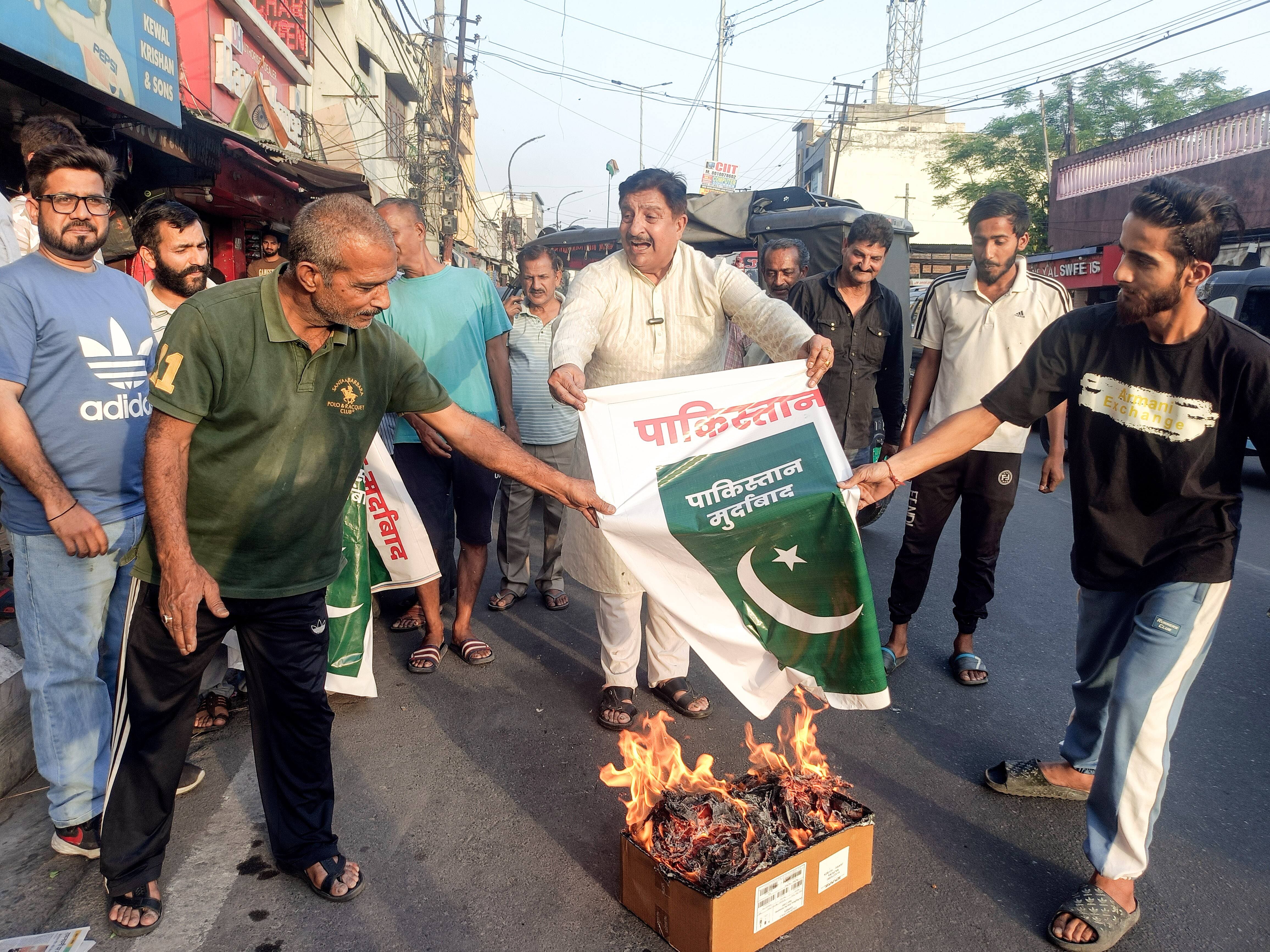
TRF was formed in late 2019, during a time of unrest after Article 370, which gave special status to Jammu and Kashmir, was removed. The group claims it is homegrown, but Indian intelligence reports reveal strong links to Lashkar-e-Taiba (LeT) and Hizbul Mujahideen, two terror groups supported by Pakistan.
Unlike older militant groups that openly used religious language, TRF presents itself as a “secular resistance.” This is part of a larger strategy to avoid international pressure on Pakistan, especially from the Financial Action Task Force (FATF).
But TRF’s brutal attacks tell a different story.

TRF has carried out attacks on:
- Civilians, especially minorities like Kashmiri Hindus and Sikhs
- Tourists and migrant workers
- Government staff and security forces
In 2021, they killed a Kashmiri Pandit businessman and two schoolteachers in Srinagar. In 2020, a clash in Kupwara claimed the lives of five Indian soldiers and five TRF terrorists.
And now, in 2025, their most horrifying attack yet—the massacre in Pahalgam—has shocked the nation.
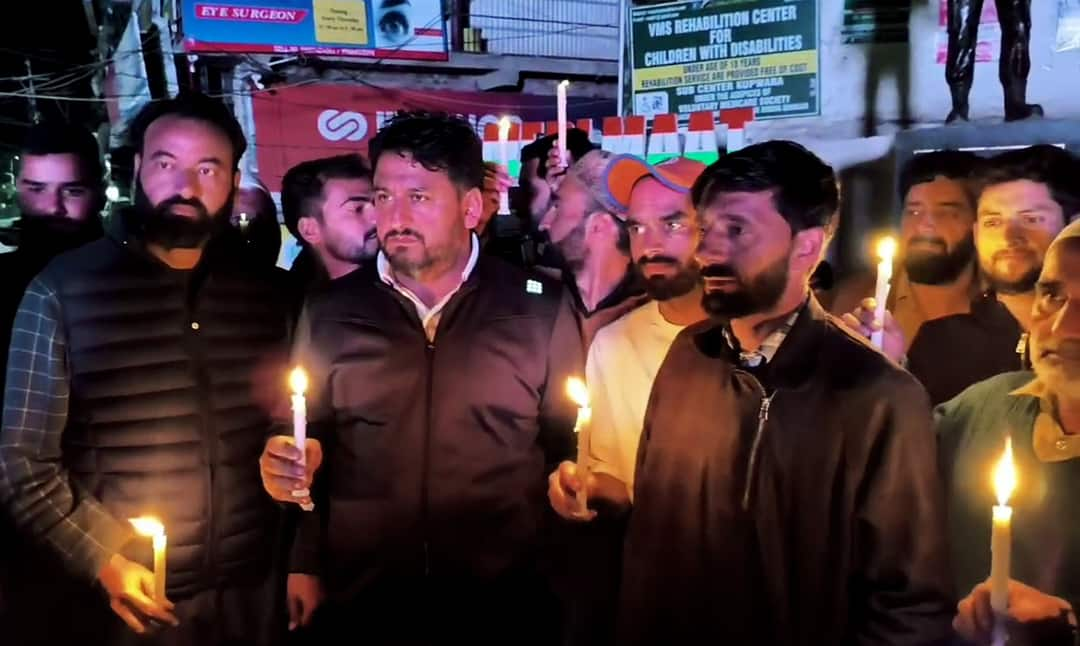
The recent terror attack in Kashmir’s Baisaran Valley near Pahalgam has deeply shocked the entire country. What was supposed to be a calm vacation in one of India’s most scenic spots turned into a scene of tragedy when 26 people were killed, most of them tourists. The attack took place on the afternoon of April 22, 2025, when a group of heavily armed terrorists suddenly emerged from the dense forests surrounding the popular trekking destination.
Among the dead were two foreigners, two local residents, and a serving Indian Navy officer—Lieutenant Vinay Narwal, aged 26. He was posted in Kochi and had just gotten married a few days earlier. He was on leave, spending his honeymoon in Kashmir, when he was gunned down.
Tragically, two victims from Karnataka were also among those killed:
- Manjunath Rao, a 47-year-old realtor from Shivamogga
- Bharath Bhushan, a 41-year-old software engineer from Mathikere, Bengaluru
Their families, who were traveling with them, survived the attack but are severely traumatised.
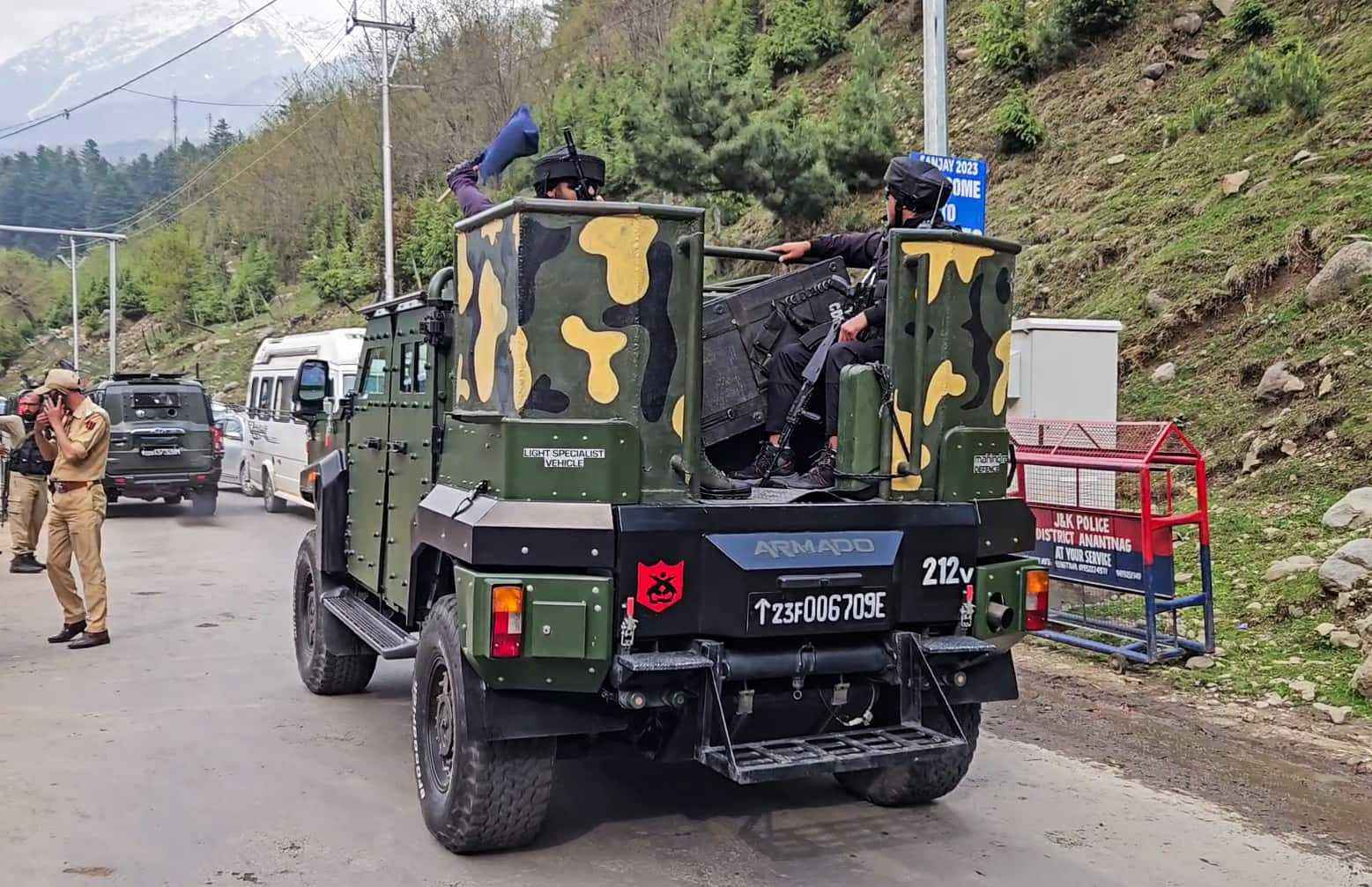
Pallavi, Manjunath's wife and a manager at the Birur branch of Malnad Areca Marketing Cooperative Society, described the harrowing scene. She said her husband was trying to buy something for their son when gunfire rang out. She saw him fall to the ground in a pool of blood. Both she and her son pleaded with the attackers to shoot them too. But one of the gunmen chillingly told them, “No. Go and tell this to Prime Minister Narendra Modi.”
Bengaluru South MP Tejasvi Surya, who was in Kashmir at the time for a meeting, confirmed that arrangements were being made to bring the victims’ families home safely.
The attack happened in a location known as “mini-Switzerland”—a remote, beautiful valley that can only be reached by foot or horse. This made rescue work difficult. Locals helped carry the wounded on ponies, while helicopters were used to airlift those seriously injured. The death toll may rise, as several others are still critical. So far, the government has not released an official list of the dead. Prime Minister Narendra Modi cut short his visit to Saudi Arabia to return and review the situation.

The Pahalgam attack may have been encouraged by recent remarks made by Pakistan Army Chief General Asim Munir, who said that Kashmir is Pakistan’s “jugular vein.” Intelligence sources believe such statements act like a signal or encouragement for terrorist groups to act.
The term "jugular vein" refers to the major blood veins in the neck that carry blood from the head to the heart. These veins are very important for survival—if they are damaged, it can be life-threatening.
When used in speeches or politics (like calling Kashmir Pakistan’s "jugular vein"), it is a metaphor that means something extremely vital or essential, like a lifeline.
The attack happened during the high-profile visit of US Vice President JD Vance to India—raising concerns that the strike was timed to draw international attention.
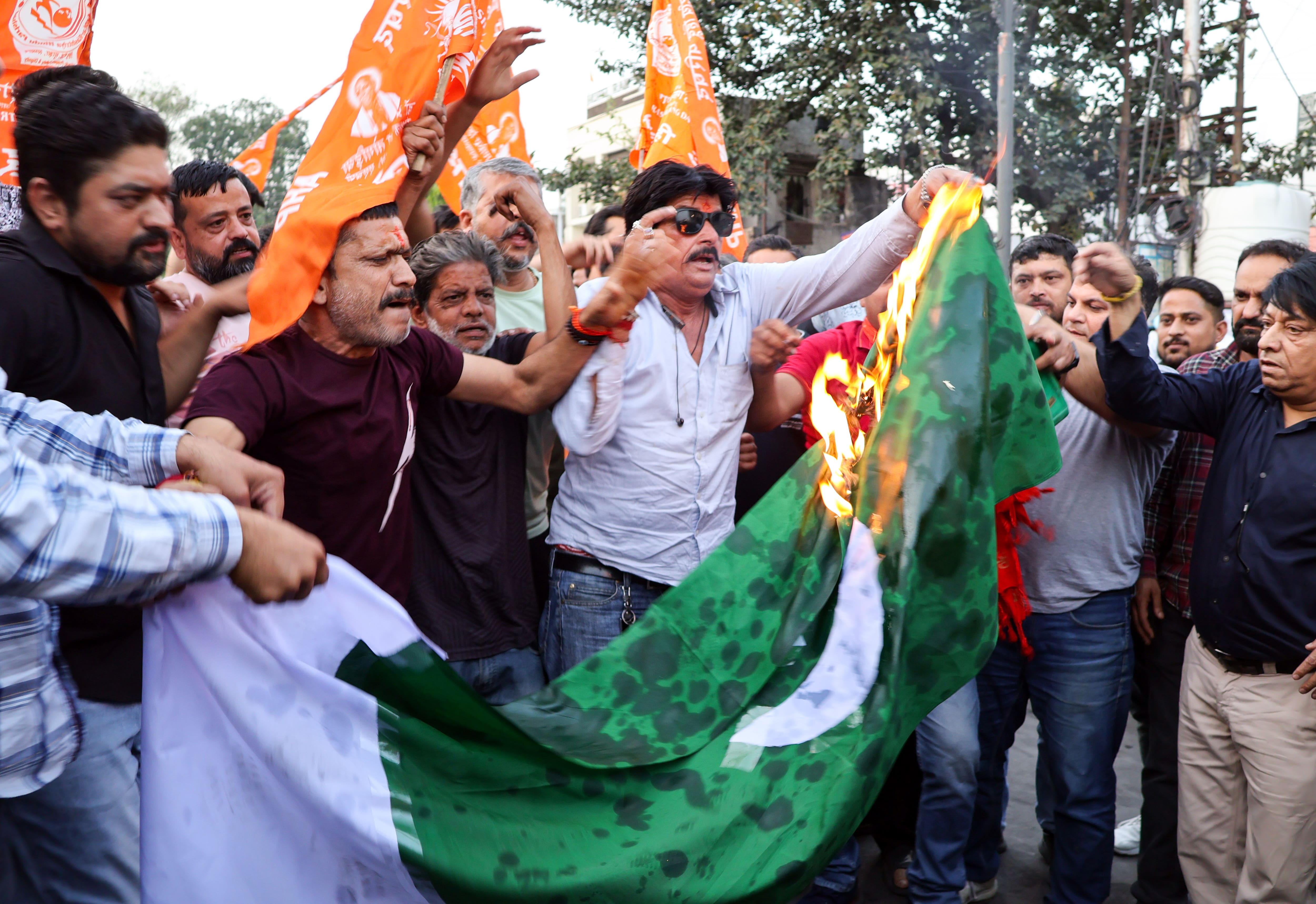
According to Indian intelligence, Lashkar-e-Taiba’s top commander Saifullah Kasuri, also known as Khalid, is suspected to have played a key role in planning the attack. Two other Lashkar leaders from Rawalkot, Pakistan, including Abu Musa, are also under investigation.
On April 18, just days before the Pahalgam attack, Abu Musa held a public event in Rawalkot, where he openly said, “Jihad will continue, guns will rage, and beheadings will go on in Kashmir.” He also accused India of trying to change the region’s population by giving domicile certificates to outsiders.
Disturbingly, early reports suggest that some victims were asked to recite the Islamic ‘Kalma’ (a religious phrase), and those who couldn’t were shot dead. This shows that religious hatred played a key role in this attack.
Officials believe this kind of anti-Hindu rhetoric was not random. It may have been planned to stir anger among Pakistani extremists, especially while India was seeing protests related to changes in the Waqf Act. This strategy could have been used to encourage terrorist groups to regroup and strike.

According to early assessments, six terrorists, along with local helpers, carried out the attack. They may have arrived days earlier and carefully studied the area. Intelligence agencies say that in early April, they had already received inputs that terrorists had done reconnaissance of hotels in the region.
That’s why this is not being seen as an intelligence failure, but rather a case where the attackers waited for the right time to strike.
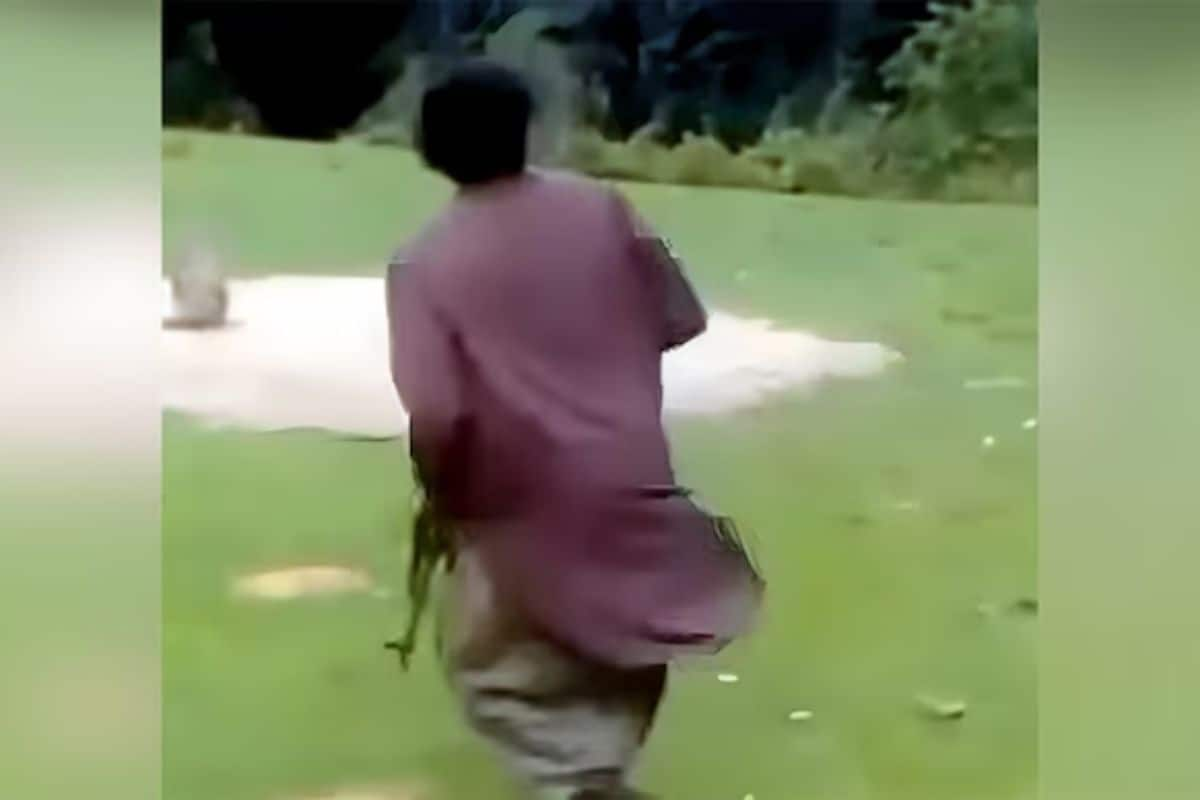
Sheikh Sajjad Gul, from Srinagar, leads the group. He was declared a terrorist by India in 2022.
Basit Ahmed Dar, the main operational head, is now dead—but others may rise in his place.
Ahmed Khalid, the group’s spokesperson, often takes credit for attacks. Other key people like Sajid Jatt and Salim Rehmani are known to have ties with LeT.
In 2023, India officially banned TRF under the Unlawful Activities (Prevention) Act (UAPA) for its role in recruiting youth, smuggling weapons, and promoting cross-border terrorism.
TRF doesn’t just operate on the ground. It also uses social media and online platforms to spread hate, influence the youth, and recruit new fighters. Many of these campaigns are run from across the border.
In 2022, TRF was linked to most of the new recruits in Kashmir. Even after losing leaders, it continues to grow its network.

To fight TRF and stop such attacks:
- Strengthen border security and keep watch on sleeper cells.
- Expose the lies that TRF is a “local movement.” It is not.
- Support the people of Kashmir with jobs, education, and development—so that no youth falls into terror traps.
TRF is a mask. Behind it is the same old terror machine trying to divide our country. The attack in Pahalgam, especially the killing of Kannadigas like Manjunath Rao and Bharath Bhushan, shows this is not just a Kashmir issue—it affects all of India.
To stop TRF, we need truth, unity, and strong action. Kashmir deserves peace, not propaganda.
(The author Girish Linganna of this article is an award-winning Science Writer and a Defence, Aerospace & Political Analyst based in Bengaluru. He is also Director of ADD Engineering Components, India, Pvt. Ltd, a subsidiary of ADD Engineering GmbH, Germany. You can reach him, at: girishlinganna@gmail.com)
You may also like

Pahalgam terror attack: Pakistan condoles death of tourists in Jammu and Kashmir

I tried 27 M&S, ASOS and F&F wedding guest dresses under £50 with one surprising winner

Outrage as Vice President JD Vance shows 'lack of respect' following Pope's death

International students stripped of legal status in US piling up wins in court

'Sporting' While Our People Die, Not This Time: Shreevats Goswami Urges BCCI To Cut Cricketing Ties With Pak







